How Universities and Semiconductor Companies Are Partnering to Drive Innovation

In today’s rapidly evolving technology landscape, semiconductor innovation isn’t happening in isolation. It’s being fueled by strong partnerships between universities and industry leaders. As chips become more complex and essential to nearly every sector—from automotive and aerospace to AI data centers and consumer electronics—the need for fresh talent and groundbreaking research is greater than ever. That’s where academic-industrial partnership programs come in, bridging the gap between classroom learning and real-world application.
At Polar Semiconductor, we see this dynamic up close. By working hand-in-hand with local universities, we’re building a pipeline of highly skilled professionals, while also exploring new ways to accelerate semiconductor innovation. From summer internships to guest lectures and collaborative workforce initiatives, these partnerships are creating the next generation of engineers, technicians, and industry leaders.
Why Academic-Industrial Partnerships Matter
Semiconductors are at the heart of modern life, powering everything from smartphones to satellites. Yet the industry faces two critical challenges:
- A global talent shortage, particularly in skilled technical roles.
- An increasing demand for faster, more efficient semiconductor innovation to meet growing technological needs.
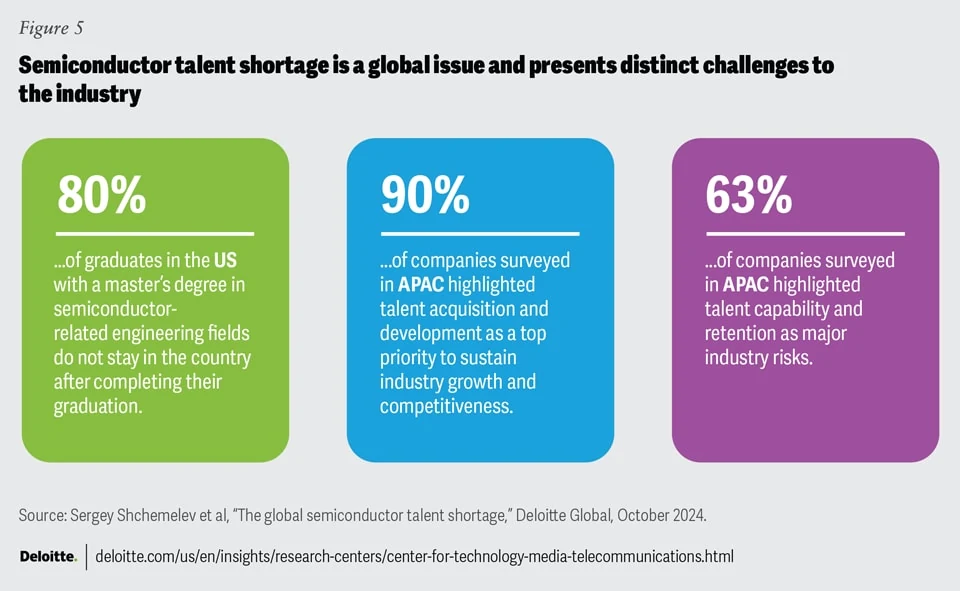
Academic-industrial partnership programs address both of these challenges by combining the strengths of universities (research capabilities, eager learners, and a foundation of theoretical knowledge) with the strengths of industry (cutting-edge equipment, applied expertise, and insight into market demand).
The result? More opportunities for students to gain practical skills, and more avenues for companies to access bold new ideas.
Another reason why academic-industrial partnerships matter is the long-term career trajectory they enable. Students who begin as interns or apprentices can often continue their journey as full-time employees. From there, they may progress into roles such as maintenance technicians, fab operators, or even leadership positions.
For example, through Polar’s semiconductor apprenticeship program, participants not only gain paid, on-the-job training, but also earn an associate’s degree along the way. These apprenticeships exemplify how collaboration between colleges and companies can provide structured, supported pathways into high-demand fields. And with the industry continuing to expand—fueled by domestic investment and global demand—career opportunities for those entering the field have never been stronger.
Let’s explore four key initiatives that are helping to bridge the talent gap and bring new innovations to market.
1. Guest Lectures and Industry Engagement
One of the most effective forms of collaboration in university settings is when professionals step into classrooms to share their expertise. Polar’s own Rajesh Appat, VP of Business Development, has participated in speaking engagements at local universities—such as the University of Minnesota Carlson School of Management and the University of St. Thomas School of Engineering—giving students a window into the real challenges and opportunities facing semiconductor companies today.
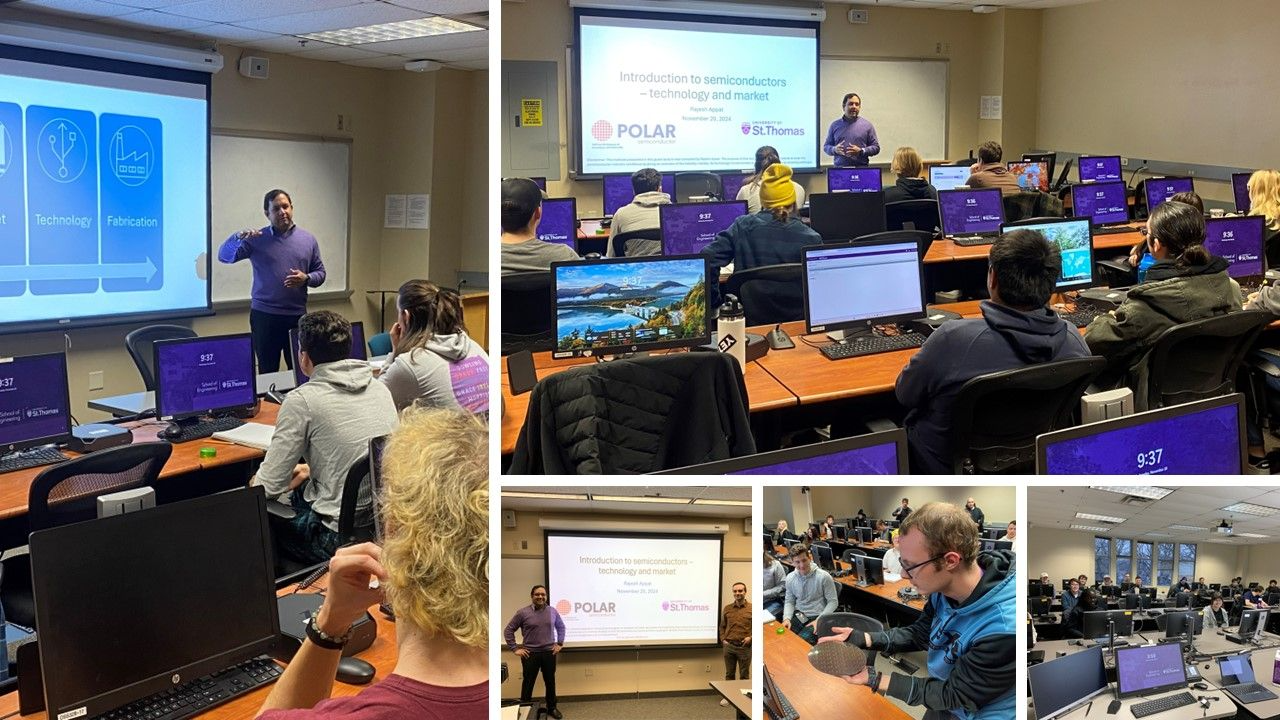
These sessions go beyond textbooks. Rajesh’s talks cover topics like power semiconductor technology, supply chain management, and the shifting landscape of U.S.-based semiconductor manufacturing. By connecting theory with practice, students gain a clearer understanding of where the industry is heading and how they can contribute. This type of collaboration and lectures from industry in university programs is a prime example of how academic-industrial partnership efforts can spark inspiration and prepare students for meaningful careers.
2. Building Skills Through Internships
Internships are another cornerstone of bridging the semiconductor talent gap. Each summer, Polar welcomes a group of interns who work side by side with our engineers, technicians, and business teams. In 2025, for example, 17 incredible interns joined Polar, contributing across fields like process engineering, equipment maintenance, finance, IT, and marketing.
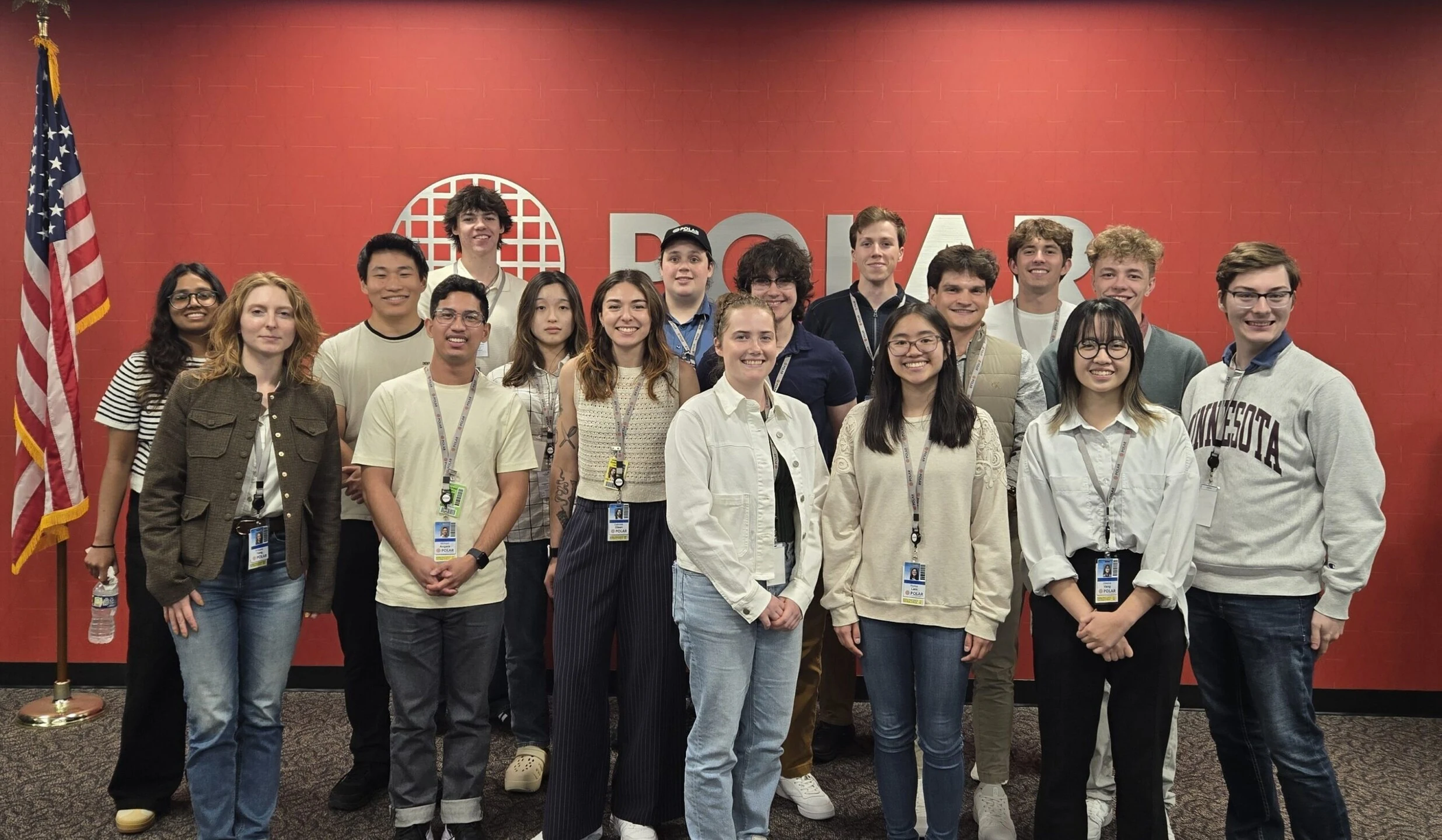
This hands-on experience not only helps students put their classroom knowledge into practice but also gives them exposure to the collaborative culture of a real-world wafer fab. They learn the importance of precision, teamwork, and problem-solving—all skills that will serve them well in future semiconductor careers.
For Polar, the internship program is equally valuable. It provides an early look at promising talent while giving our teams the chance to mentor and inspire the next generation of innovators. It’s a win-win example of academic-industrial partnership in action.
3. Expanding Workforce Pathways
Beyond formal internships, Polar also participates in initiatives designed to broaden access to semiconductor careers. For instance, we recently hosted groups of students from Dordt University and Normandale Community College, inviting them into our facility to explore high-tech careers firsthand.
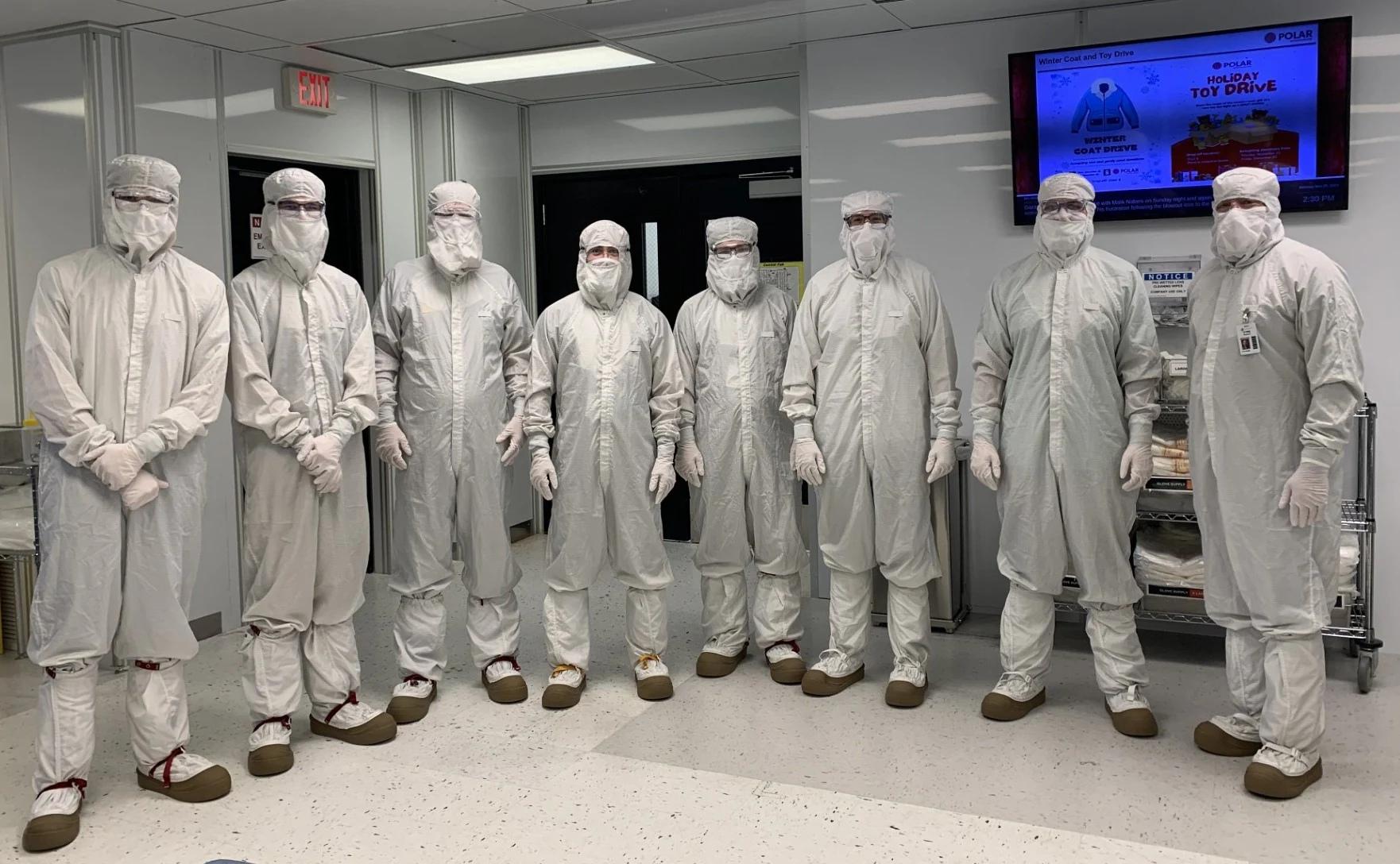
These experiences demystify the industry, showing students that semiconductor innovation isn’t just about abstract physics—it’s about real, tangible work with real-world impact. Whether it’s suiting up in a cleanroom “bunny suit” or watching a wafer go through the production process, these touchpoints make the career path feel much more accessible.
Such outreach is especially critical in attracting a diverse talent pool. By showing students from all walks of life—many for the first time—that they have a place in this field, we strengthen both the local workforce and the industry at large.
4. Fueling Innovation Through Research Collaboration
Workforce development is just one side of the equation. Academic-industrial partnerships also accelerate research and development, creating opportunities to test new ideas and bring them to market faster.
Take, for example, the work happening nationally around wide-bandgap semiconductors such as gallium nitride (GaN). Universities are often the proving grounds for breakthrough research, but scaling those technologies into commercial production requires the support of industry partners like Polar. By collaborating early, both sides can shorten the path from lab to fab, ensuring innovations in energy efficiency, power management, and system integration make it into products that benefit society.
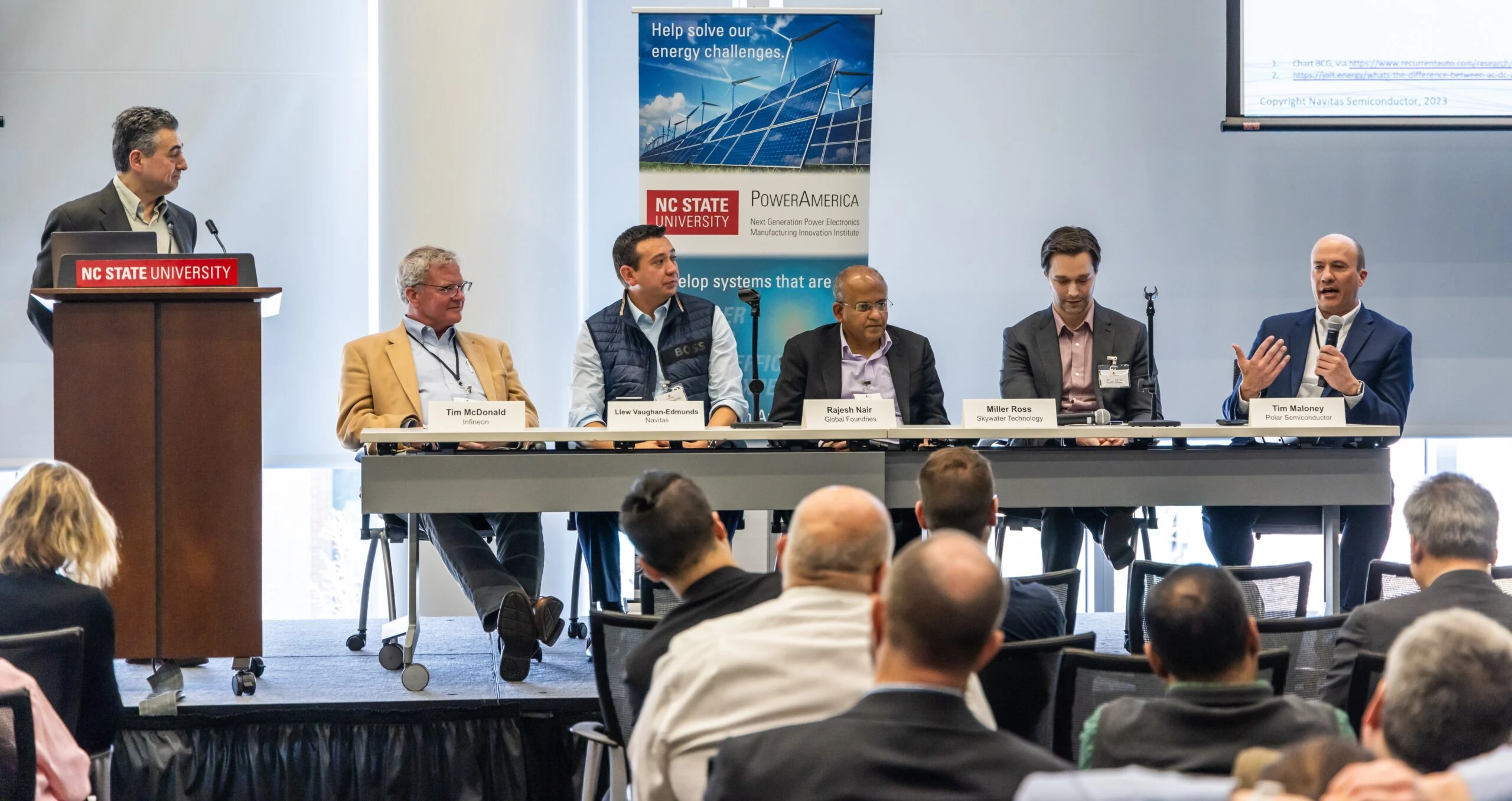
Polar is actively engaged in these conversations—whether through participation in steering committees like the U.S. Department of Energy and PowerAmerica’s GaN Pilot Line, or by working with local institutions to align curriculum with industry needs. This synergy ensures the skills being taught in classrooms today will meet the growing demands of tomorrow.
Strengthening the Bridge Between Academia and Industry
Partnerships between semiconductor companies and universities don’t just build talent pipelines—they fuel semiconductor innovation itself. Across the U.S., these collaborations are helping prepare the next generation of engineers, scientists, and innovators who will drive the future of advanced manufacturing.
At Polar Semiconductor, this commitment comes to life through our active participation in SCALE (Scalable Asymmetric Lifecycle Engagement), a Department of Defense–sponsored academic–industrial partnership led by Purdue University. SCALE brings together more than 30 universities and over 100 industry and government partners to strengthen the U.S. semiconductor ecosystem through education, research, and workforce development.
As part of SCALE, Polar regularly attends meetings, hosts fab tours, gives technical presentations, and engages with students at career fairs. These experiences not only help shape the curriculum and exposure future engineers receive, but also ensure that Polar—and the broader industry—can access a growing pool of highly skilled, U.S.-based semiconductor talent ready to drive the next wave of innovation.
Looking Ahead
The future of semiconductor innovation depends on collaboration. As the industry grows more complex and global challenges put pressure on supply chains, the link between academia and industry will only become more important. Universities provide the talent and research, while companies like Polar provide the platforms, mentorship, and real-world applications.
By continuing to invest in these academic-industrial partnership efforts—whether through collaboration and lectures from industry in university programs, robust internships, or joint research initiatives—we can ensure a steady flow of innovation and talent into the semiconductor ecosystem.
But semiconductor innovation doesn’t just happen in cleanrooms or labs—it thrives where ideas and experience intersect. By building bridges between universities and industry, we’re not only preparing the workforce of tomorrow but also shaping the technologies that will power our future.
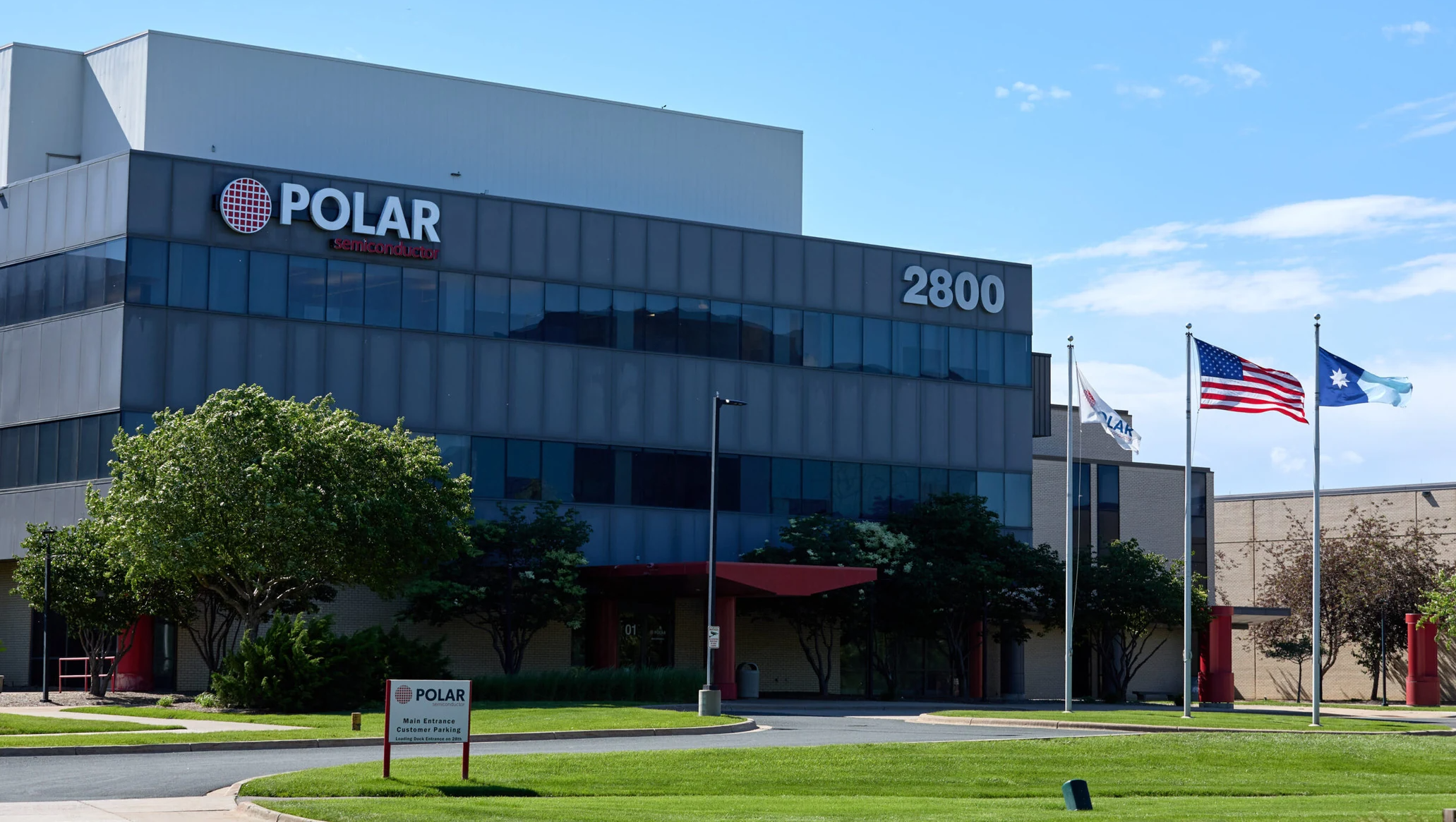
At Polar Semiconductor, we’re proud to be part of this effort. Whether it’s through internships, apprenticeships, guest lectures, or collaborative workforce programs, we’re committed to fostering the next generation of innovators.
Are you ready to be part of this journey? Explore our Careers page to learn more about internship opportunities, apprenticeships, and full-time roles at Polar Semiconductor.
